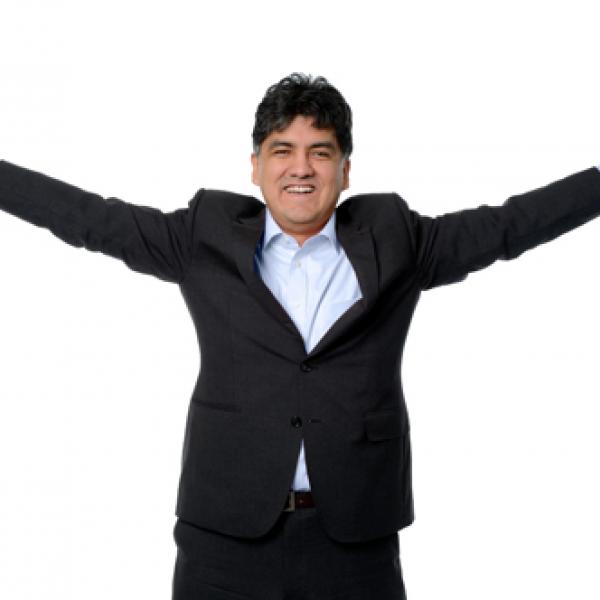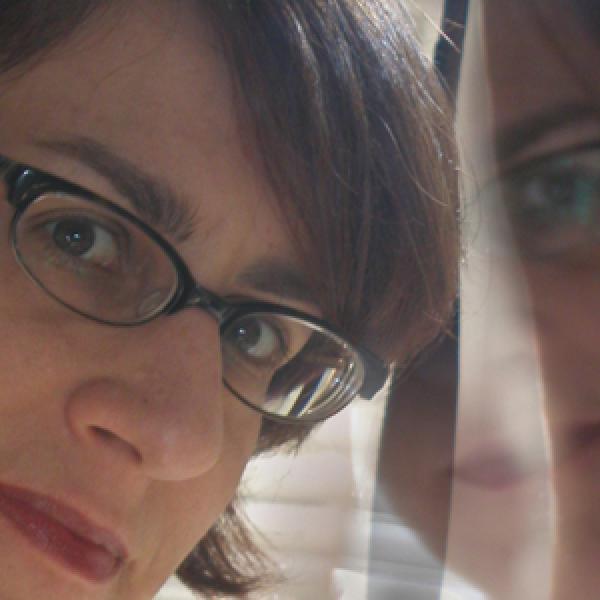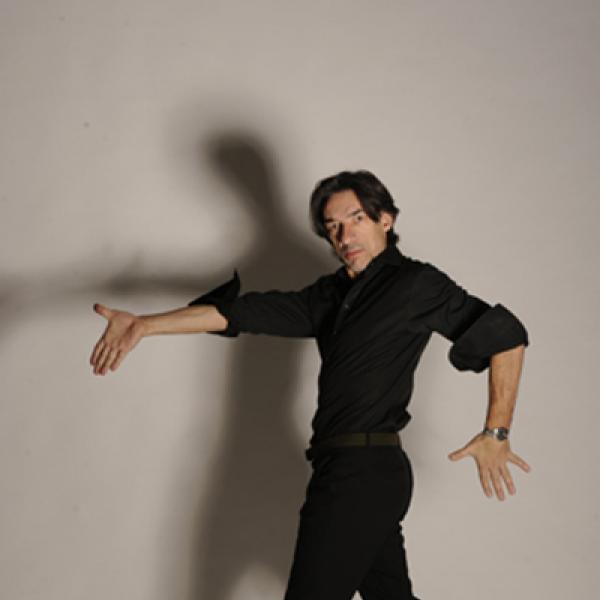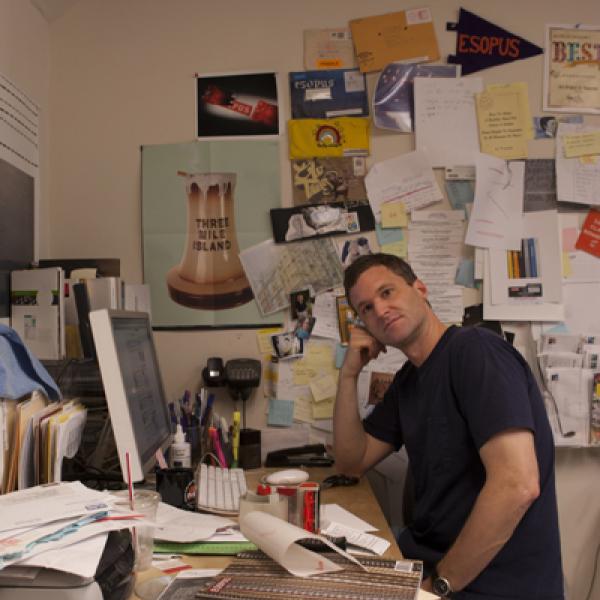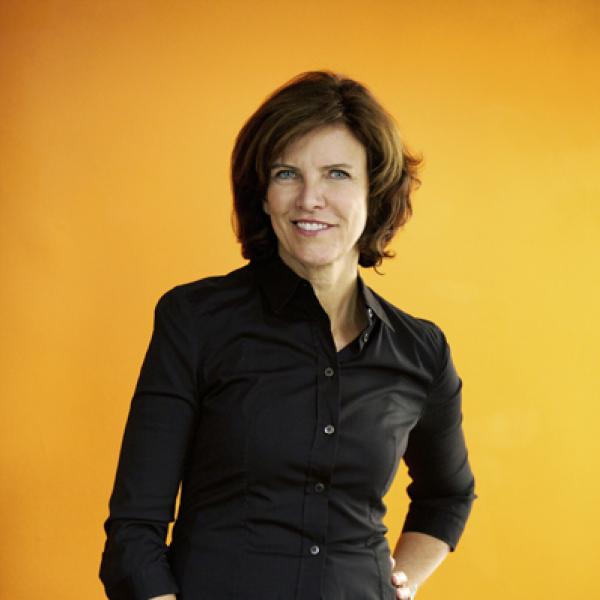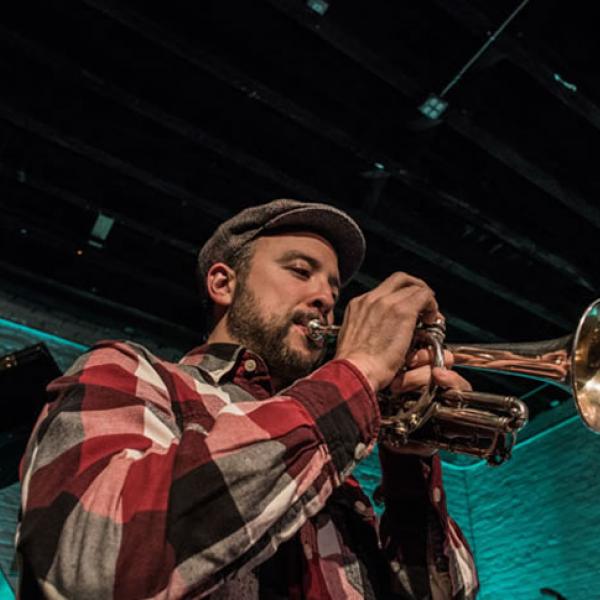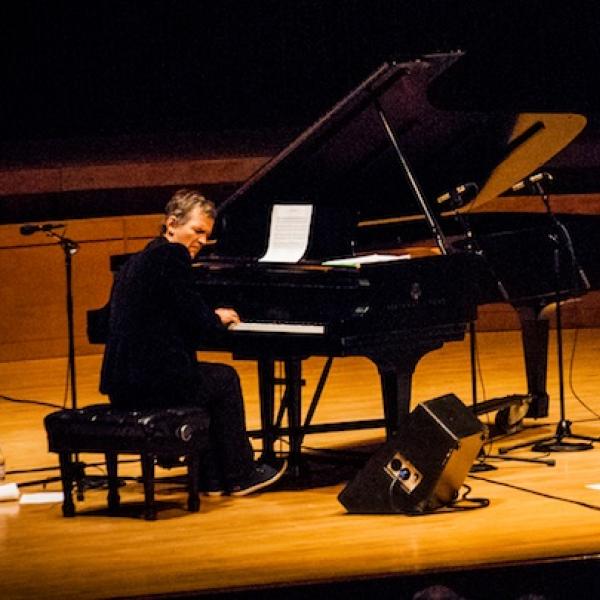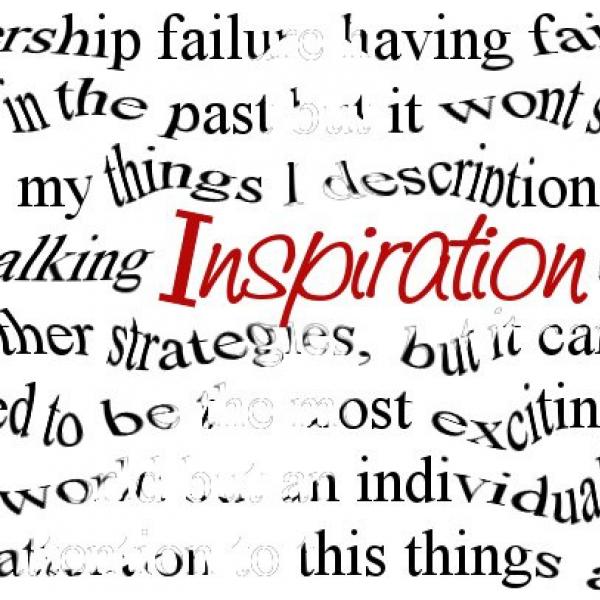Marc Bamuthi Joseph
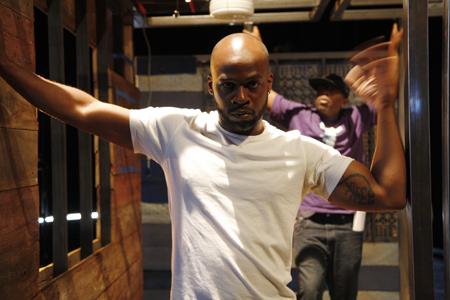
Marc Bamuthi Joseph performing his work red, black & GREEN: a blues. PHOTO BY BETHANIE HINES
Marc Bamuthi Joseph’s response when asked to describe the work he does as an artist? “Man, I’ve been trying to figure that out for the last 15 years!” With works like red, black & GREEN: a blues and the breaks/s to his credit, you might describe Joseph’s art practice as equal parts performance poetry, dance theater, and social activism. Or you could borrow the native New Yorker’s own words and call him a “cross-disciplinary artist based in verse.” A three-time San Francisco Poetry Grand Slam Champion, Joseph is not only in the business of making his own work, however. As the current director of performing arts for San Francisco’s Yerba Buena Center for the Arts, he’s also in the business of creating the opportunity and environment for other artists to make their own work. In Joseph’s own words, here are his thoughts on the process and practice of inspiration.
An Environment for Inspiration
I personally find inspiration in life’s 10,000 joys and 10,000 sorrows. I find it in civic unrest. I find it in the centricity of being able to touch the cosmos at sunrise. I would say that creating an environment for inspiration—and maybe I speak most principally in my experience as a classroom teacher—but I think that composing or constructing an environment for inspiration is about latitude, democracy, and a live dynamic relationship to inquiry and information. The feeling [of inspiration] often gets expressed when someone says, “I wish I could do that.” Well, maybe even better: “I can do that.” So there has to be access. I think constructing an environment that inspires is about eliminating that feeling of impossibility and creating access to the possibility of touch and change.
There are either people or events or ghosts that wake me up at night or keep me from falling asleep. Those are the [moments of inspiration] that I follow. And this isn’t like in a troubled way. It’s less than trouble—it’s more than preoccupation. It’s a mild and consistent haunting. Yeah, I follow the ghosts. They tell me what to do.
The Inspiration Quotient
I try to program artistically. It’s not just artistic direction. It’s not just what I want to see but the apex of collaboration, of access, of willful participation, of active community. These are the places where I try to program from, the places where I try to teach from, and the places where I perform from. All of these are embedded inside of maybe a more ritualistic approach to how art transforms the body politic.
I think that the key is to engage collaborators who inspire you so that there’s kind of an exponential momentum. There’s this exponential inspiration quotient, a different kind of IQ, if you will, that is present throughout the process. And so if you hire technicians to follow through on an initial point of inspiration, I don’t think it’s as promising or as fertile as if you hire a bunch of folks that you’re inspired by who are also technically sound, but will complicate the initial kind of inspiration by bringing in their own points to the experience.
If you’re doing it right, it’s all inspired work. I’m not trying to undermine the level of rigor that it takes to bring an artistic project or any project to fruition. But I think, in the arts in particular, if you’re leading with production and not with a process born of inspiration, then all it is is a labor, and that’s not the kind of art I want to be involved in.
My Inspirations
Octavia Butler in between the pages. Serena Williams on the tennis court. My family, my wife, and my two kids in the home. Malcolm X and Harriet Tubman historically. Bill T. Jones intellectually. All animators everywhere, particularly the creators of the Marvel Universe and the folks at Pixar. So would I say Magneto and Malcolm X are on the same plane? No, but they inspire me in different ways. Theaster Gates, Brett Cook, Wangari Maathai, Paulo Freire. There’s really no shortage.
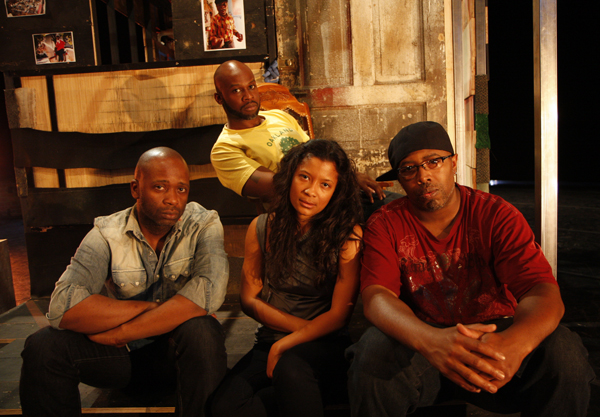
The Inspiration Behind red, black & GREEN: a blues
The first part of inspiration was the planet, was the Earth—and maybe the discrepancy between how the stewardship of the planet has been codified in more institutional environments and movements, and how stewardship of the planet is either neglected by or under-documented in under-resourced neighborhoods, particularly black and brown under-resourced neighborhoods. So in that sense, it was less of a “rising sun,” or a newfound-love kind of inspiration. That was more scientific, almost, where there was—for lack of a better word—a problem, and [I] kind of walked around it in an effort to see how I might contribute to its resolution.
But as the process deepened and grew more emotional the point of inspiration became less about a problem and more about joy, and love being among the more complicated joys, the love that I found as I traveled around the country producing festivals wherein the centerpiece of the festivals was the question, “What sustains life in your community?”
How do you create an environment for inspiration? That is what those festivals attempted to do, I think, principally by leading with the question and appealing to both a sense of both intellectual and social accountability to come up with a creative answer that others could experience. So we started, I guess, with the problem/solution paradigm. We moved through a paradigm that was about creative risk and exploration, and then as we continue to perform the pieces, inspiration in every audience and in every city that we encounter the piece is structured in and of itself to create an instant community at the outset of the work. And whatever kind of energy gets conjured inside that first 25-minute prologue definitely inspires or transpires for the rest of the piece.
Finding a Way to Keep Going
Part of the artist’s temperament is that inspiration is possible in all things. [There is a] very human tension to abandon a path toward change or growth when it becomes available, maybe because of the way that it’s packaged. Would I rather watch Rachel Maddow than write an opera? Sometimes. If it’s ten o’clock at night and the kids have gone to sleep…I want to both engage and tune out. [Sometimes] I succumb to my humanness and would rather absorb than generate. And the thing that I’m surprised by is that I continue to overcome. Artists, in general, we overcome lethargy. There’s always something there to dig at.
It’s the volume of inspiration that’s the most surprising thing, the desire to keep going, to keep making. Particularly, when you ask older artists, or you see older artists that maybe have been working for 30, 40, 50 years. You’re like, “Man, why do you keep going?” And they just kind of look back at you like, “Why wouldn’t I keep going?” Maybe that’s a source of surprise that we keep finding a way to keep going.
Inspiration is a tool like blood, like breath. As removed as we are from the kind of auto action of respiration, there’s a way that we can be passive in our relationship to respiration, and there’s a way that we can have a more active relationship with our respiration. And the inspiration, I feel, is the same way that we can have an active relationship with our inspiration to be healthier, more generative individuals. So don’t sleep through inspiration.


